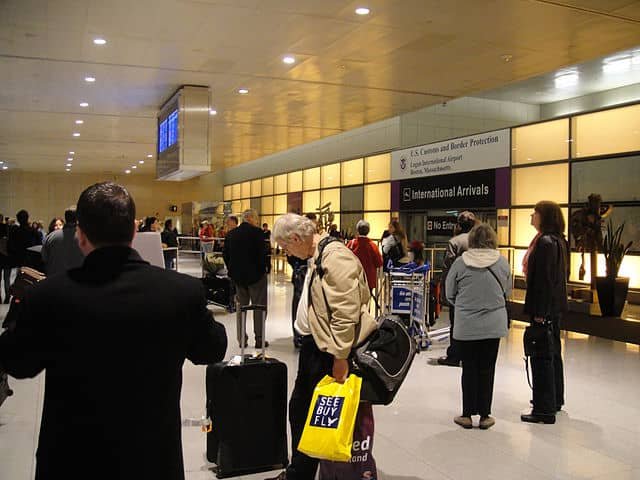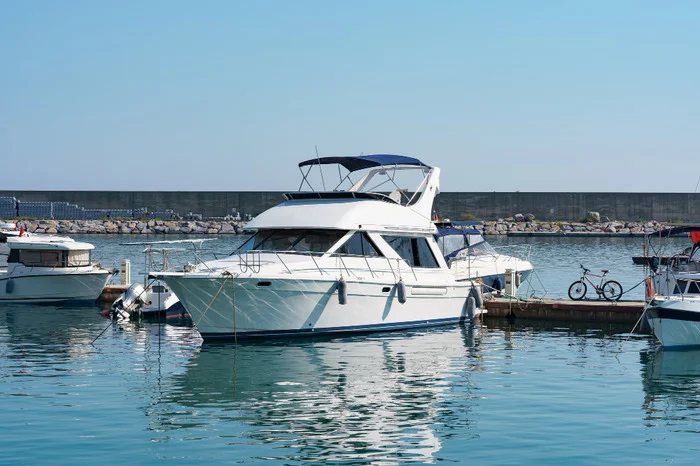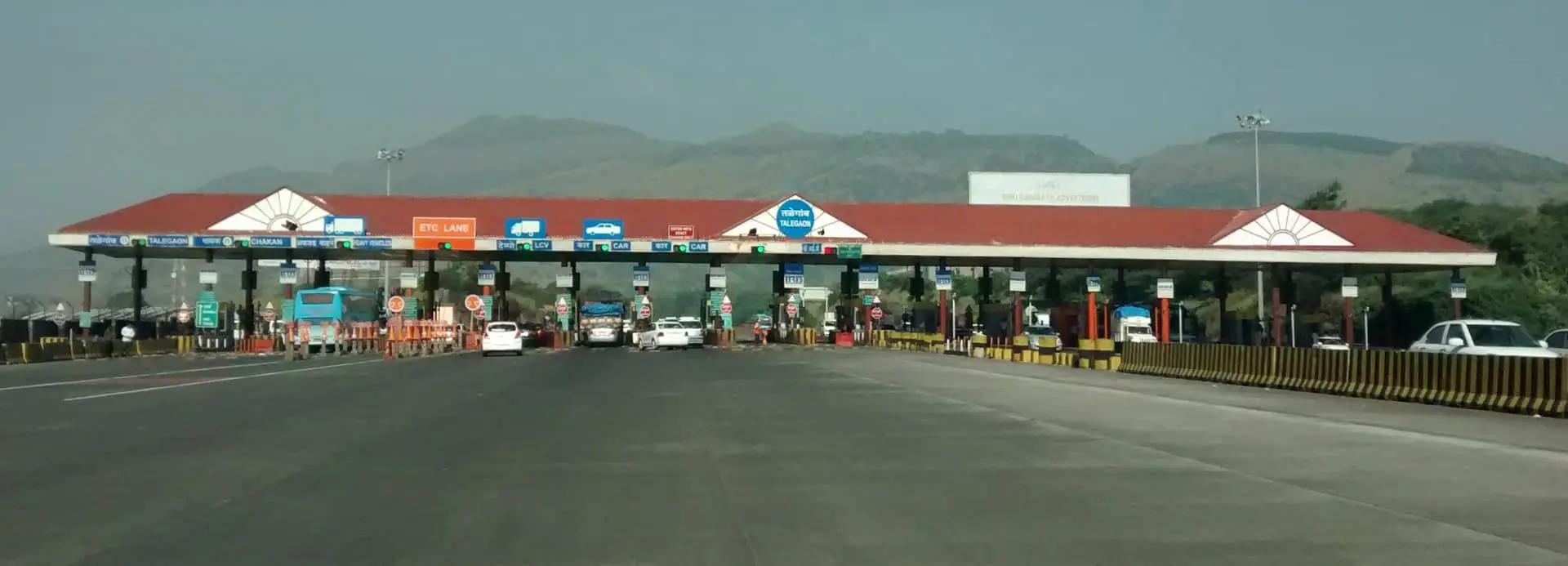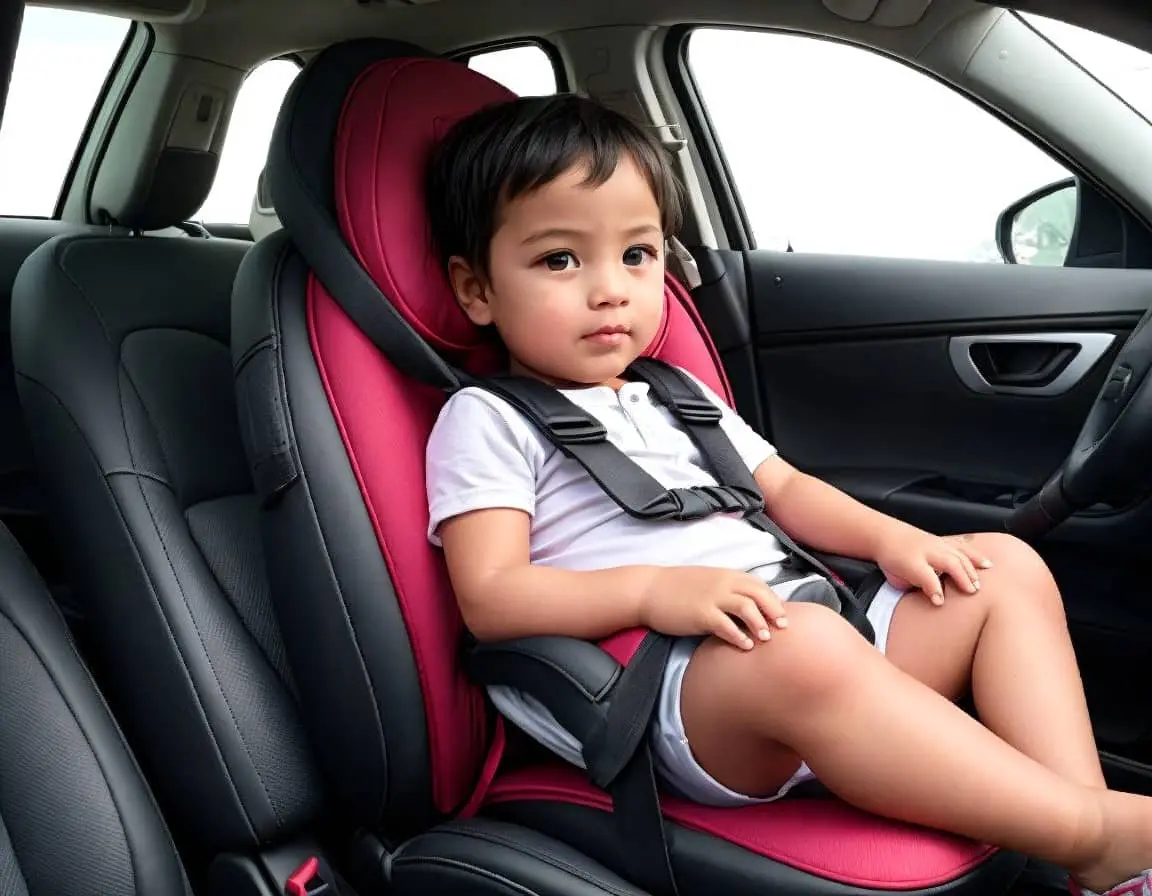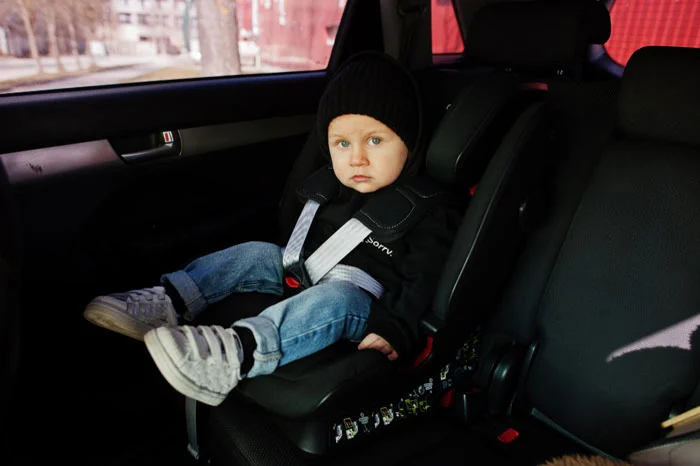Child Car Seat Rules in Belgium: A Quick Guide
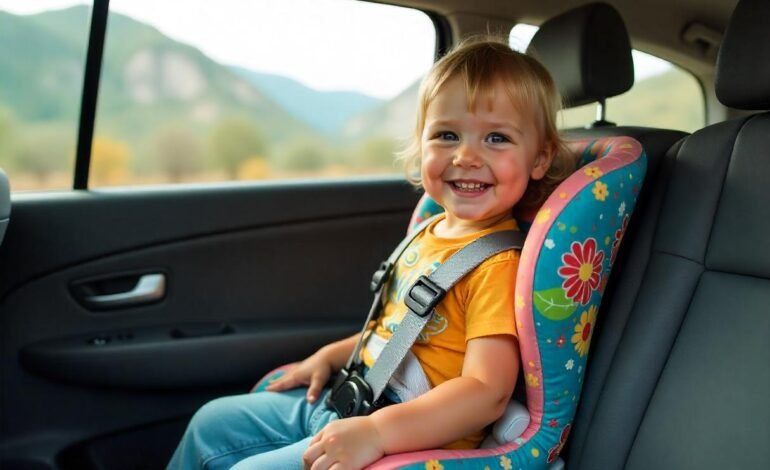
Ensuring the safety of children during car travel is a critical responsibility for parents and guardians. In Belgium, strict regulations govern the use of child car seats to protect young passengers. These rules, aligned with European Union standards, are designed to minimize the risk of injury in the event of an accident. This article provides a comprehensive overview of Belgium’s child car seat laws, including requirements for different age and size groups, approved standards, exceptions, and practical tips for compliance, with insights drawn from reliable sources.
Legal Requirements for Child Car Seats
In Belgium, children under 1.35 meters (approximately 4 feet 5 inches) in height must be secured in an appropriate child restraint system, regardless of their age, when traveling in a private vehicle. This applies to both front and rear seats, emphasizing the importance of using a suitable car seat tailored to the child’s size and weight. Children under 3 years old cannot be transported in a vehicle without a proper child seat, except in specific cases like taxis. These regulations stem from European Commission Directive 2014/37/EU, which mandates child restraint systems for children under 1.50 meters in most EU countries, though Belgium sets the height limit at 1.35 meters.
The driver is legally responsible for ensuring all passengers, including children, are properly secured. Failure to comply with these rules is considered a third-degree offense, potentially resulting in a fine of €174. For instance, transporting a child under 1.35 meters without an appropriate car seat or using a rear-facing seat in the front with an active airbag can lead to penalties.
Discover More- Car Child Seat Rules in Iceland: A Comprehensive Guide for Families
Car Seat Standards and Categories
Belgium recognizes two primary standards for child car seats: ECE R44/04, which categorizes seats based on weight, and ECE R129 (i-Size), which focuses on height and incorporates Isofix fittings for enhanced safety. The i-Size standard, introduced in 2013, is increasingly preferred due to its emphasis on side-impact protection and compatibility with modern vehicles equipped with Isofix anchorage points.
Car seats are divided into groups based on the child’s size:
- Group 0/0+ (Newborns to 13 kg, up to approximately 15 months): These are rear-facing seats for infants, often with a detachable base for easy installation. Rear-facing seats are mandatory for children under 15 months to protect their fragile necks and spines during a collision.
- Group 1 (9 to 18 kg, approximately 1 to 4 years): These seats can be forward-facing or reversible, depending on the model. A harness is required to secure children in this group, as adult seat belts are not suitable until the child reaches 18 kg or 100 cm.
- Group 2/3 (15 to 36 kg, approximately 4 to 12 years): These are booster seats, often with a backrest, designed for older children. A booster seat with a backrest is recommended until the child reaches 1.35 meters, though children as short as 1.10 meters can use a simple booster cushion. After 1.35 meters, children may use an adult seat belt, but a booster is advised until they reach 1.50 meters for optimal safety.
Isofix fittings are highly recommended, as they securely attach the car seat to the vehicle’s anchorage points, reducing the risk of incorrect installation. If a vehicle lacks Isofix points, the seat can be secured with a seat belt, but proper installation is crucial to prevent movement during sudden braking or collisions.
Front Seat Regulations and Airbag Safety
Children in Belgium can sit in the front passenger seat at any age, provided they are in an appropriate car seat. However, if a rear-facing seat is used in the front, the passenger airbag must be deactivated to prevent serious injury in a crash. Once the child transitions to a forward-facing seat or an adult seat belt, the airbag should be reactivated. The back seats are considered the safest place for children, and parents are encouraged to prioritize rear seating when possible.
Discover More- Car Child Seat Rules in Turkey: A Quick Guide

Exceptions to the Rules
There are specific exceptions to Belgium’s car seat requirements. For example, children under 1.35 meters do not need a car seat when traveling in taxis, buses, coaches, or vehicles with more than eight passenger seats. In taxis, children over 3 years old and under 1.35 meters can use an adult seat belt in the rear seat, but they cannot sit in the front with only a seat belt.
For occasional carpooling, such as short journeys with children who are not your own, the rules are slightly relaxed. If there isn’t enough space for a third car seat in the back, a child over 3 years old can use an adult seat belt in the rear, provided the driver’s own children under 1.35 meters are secured in appropriate car seats. However, children under 3 years old must always have a proper car seat, even in these scenarios.
Practical Tips for Compliance
- Choose the Right Car Seat: Select a seat that complies with ECE R44/04 or R129 (i-Size) standards and matches your child’s height and weight. Check for the orange approval label on the seat. Avoid using second-hand seats, especially those involved in accidents, as their safety may be compromised.
- Prioritize Rear-Facing Seats: Keep children in rear-facing seats for as long as possible, ideally up to 4 years, as they offer superior protection for the head, neck, and spine.
- Use Isofix When Possible: Isofix systems simplify installation and enhance safety. Ensure the seat is securely attached and cannot tilt or move excessively.
- Check Airbag Settings: Always deactivate the front passenger airbag when using a rear-facing seat and reactivate it for forward-facing seats or adult passengers.
- Plan for Travel: If renting a car in Belgium, request a child seat in advance, as availability may be limited. Alternatively, bring a portable, travel-friendly car seat to ensure compliance and familiarity.
- Avoid Thick Clothing: Remove bulky coats before securing a child in a car seat, as they can reduce the effectiveness of the harness or seat belt.
- Stay Informed: Regulations may differ in neighboring countries (e.g., Germany and the Netherlands require car seats up to 1.50 meters), so check local laws before traveling abroad.
Explore More- Car Child Seat Rules in Malaysia: A Comprehensive Guide
Challenges and Statistics
Despite these regulations, studies suggest that up to 75% of parents in Belgium do not correctly secure their children in vehicles, often due to improper installation or using the wrong seat for the child’s size. Incorrectly installed car seats can significantly reduce their effectiveness, increasing the risk of injury. Parents should take time to read the car seat manual and practice installation to ensure a secure fit.
Conclusion
Belgium’s child car seat laws are designed to prioritize child safety through the use of appropriate restraint systems based on height, weight, and age. By understanding and adhering to these regulations, parents and guardians can significantly reduce the risk of injury during car travel. Whether using a private vehicle, rental car, or taxi, ensuring the correct car seat is used and properly installed is essential. By following the guidelines outlined above and staying informed about local and international regulations, families can travel safely and confidently in Belgium.


